How much do you know about laser scar removal?
Date: 2022-08-05 Categories: Industry News Hits: 1036 From: CharmyLady Tech., (Guangzhou), Co., Ltd
Today, let's talk about the relevant knowledge about laser scar removal.
The principle of laser scar removal
The laser here generally refers to all kinds of optoelectronics, including laser, photon, radio frequency, etc. Laser scar removal, through early focal selective thermal action, can stimulate in situ regeneration and repair of the skin, so as to achieve the ultimate goal of scarless scar repair.
01 Selective heat
The basic principle of laser treatment of scars is selective thermal action, the main chromophore hemoglobin, melanin, and water molecules in the skin tissue. For hemoglobin, there are pulsed fuel laser, photon, 532nm-1064nm Nd-YAG laser, which can seal the capillaries of early hyperplasia and inhibit scar hyperplasia. The lasers for melanin are mainly Q-switched lasers, such as Nd-YAG lasers, ruby lasers, and emerald lasers, which have good therapeutic effects on pigmentation or dust deposition. For water molecules, such as CO2 laser, erbium laser, infrared laser, etc., as well as ultrasound, radio frequency, plasma, etc., this type of optoelectronics mainly produces suitable thermal damage and stimulates tissue regeneration and repair.
02 Focal heat
Lasers that mainly use water molecules as the chromophore have a large spot and a large range of thermal damage, slow recovery, obvious inflammatory reactions, and severe adverse reactions. The principle of focal photothermal action is to divide a large laser spot into dozens of beams with a diameter of hundreds of microns or even smaller, and penetrate into the dermis through the epidermis, forming a small aperture on the skin, which will produce The columnar coagulation zone and thermal damage zone start the repair process of the skin and finally cause the remodeling and reconstruction of the epidermis and dermis to achieve the purpose of treatment. Lasers designed according to this principle are called fractional lasers, and those with apertures on the skin surface are called exfoliation fractional lasers, such as CO2 fractional lasers; the skin surface has no real apertures, but only causes a columnar thermal degeneration area, which is a non-ablative type. Fractional lasers, such as 1540nm and 1565nm infrared fiber-optic fractional lasers. Based on this principle, a lattice radio frequency is designed to reduce thermal damage. Plasma is also a thermal damage column with lattice distribution. When focused ultrasound is used for stretch marks, deep scars, or facial lifting, the principle of focal thermal action should also be reasonably applied, and the deep thermal damage focus should be rationally arranged to avoid excessive damage. Since the equipment has its own lattice mode, the depth and scope of thermal damage are insufficient, so some experts have expanded the focal thermal effect, using CO2 laser ultra-pulse mode for fixed-point gasification, which is arranged in a matrix, which is called "artificial lattice". A colleague of the author pointed out that the beam may not be aimed at the pores when the fractional laser is used to treat large pores. He proposed to use the ultra-pulse mode of CO2 laser to target the pores for directional gasification. The colleagues and the author found in practice that this method is effective for pores. Better, the guests are more satisfied, and it is customized as a "pore lattice" without authorization.
03 In situ regenerative repair
Laser treatment of scars is not only repairing after thermal damage but can be regenerated and repaired in situ. The cytological basis of in situ regeneration and repair of skin has two aspects: one is the skin appendages such as apocrine glands, eccrine glands, sebaceous glands, and hair follicles; the other is the stem cells of the epidermis, about 10% of the epidermal stem cells are in the basal layer of the epidermis. The bulge of the hair follicle is also rich in epidermal stem cells. After laser stimulation of the tissue, various cell growth factors are released, which stimulate the asymmetric differentiation of stem cells and facilitate the growth of the epidermis. Postoperative administration of exogenous growth factors, CGF, PRP, adipose stem cells, peripheral blood stem cells, etc. is also for better skin regeneration and repair in situ. In addition, the activity of cells requires a good moist environment, so the application of MEBO MEBO after surgery is helpful for in situ regeneration and repair.
The rationale for early intervention
Wound healing is divided into three stages: acute inflammation stage, cell proliferation stage, and scarring stage. After trauma, it enters the inflammatory stage, with thrombosis and complement response. Early changes in the wound: There are different degrees of tissue necrosis and blood vessel rupture and bleeding locally in the wound. An inflammatory reaction occurs within a few hours, manifested as hyperemia, serous exudation, and free leukocytes, resulting in local redness and swelling. The white blood cells were mainly neutrophils in the early stage, and after 3 days, they were mainly macrophages, and macrophages released various cytokines and growth factors. Cell proliferation phase: wound shrinkage After 2 to 3 days, the entire layer of skin and subcutaneous tissue at the edge of the wound moves to the center, so the wound shrinks rapidly until it stops at about 14 days. The significance of wound shrinkage is to reduce the wound surface.
Experiments have shown that the wound can even be reduced by 80%. Scarring phase: granulation tissue hyperplasia and scarring From about day 3, granulation tissue grow from the bottom and edges of the wound, filling the wound. The capillaries grow at a rate of about 0.1-0.6 mm per day, and their directions are mostly perpendicular to the wound surface and curved in a loop. Fibroblasts produced collagen fibers from the 5th to 6th day, and the formation of collagen fibers was very active in the following week, and then gradually slowed down. As more and more collagen fibers become available, a scarring process occurs, and the scarring is fully formed about a month after the injury. For scar repair, laser intervention is given early to seal capillaries, reduce inflammation, and avoid excessive scar tissue formation, such as hyperplasia or widening.
In short, the principle of laser scar removal is that early focal selective thermal action promotes in situ regeneration and repair of the skin.


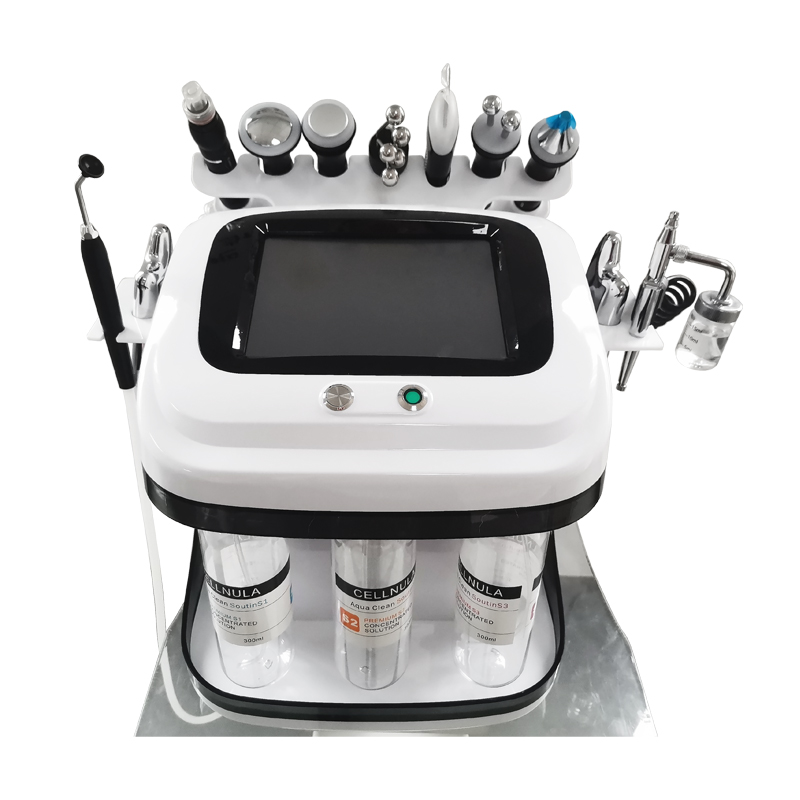 10 IN 1 Facial Care Hydria Machine
10 IN 1 Facial Care Hydria Machine 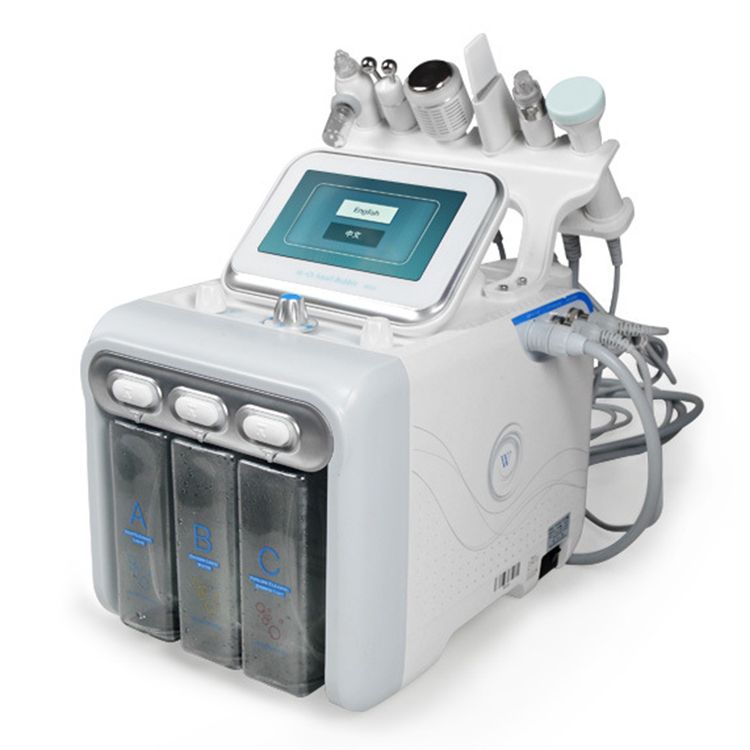 6 Function Heads First Generation Hydra H2O2 Hydrogen Oxygen RF Sprayer Face Beauty Machine
6 Function Heads First Generation Hydra H2O2 Hydrogen Oxygen RF Sprayer Face Beauty Machine 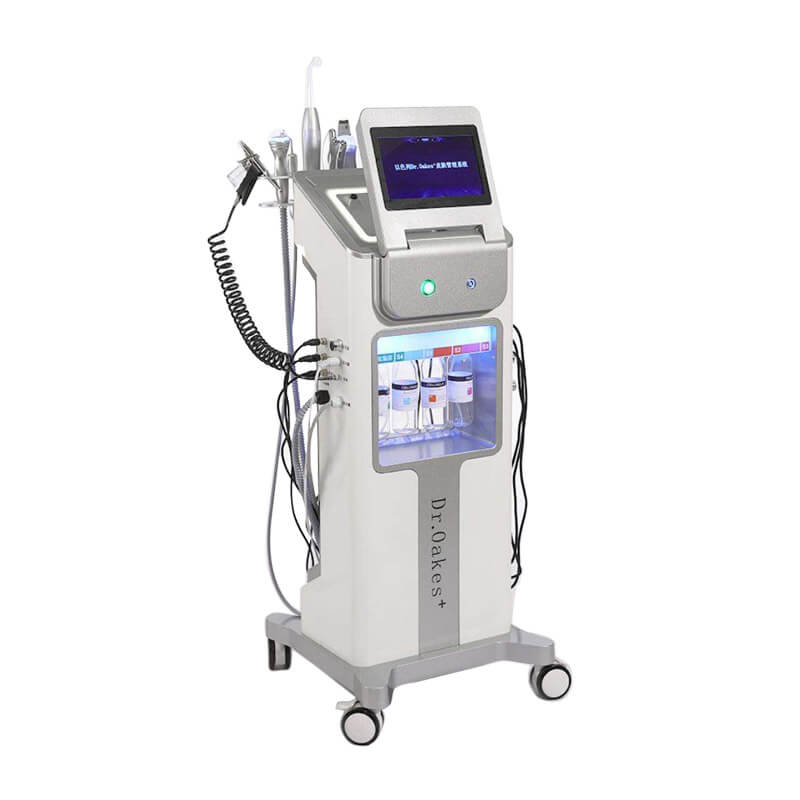 DR Facial Synthesizer
DR Facial Synthesizer 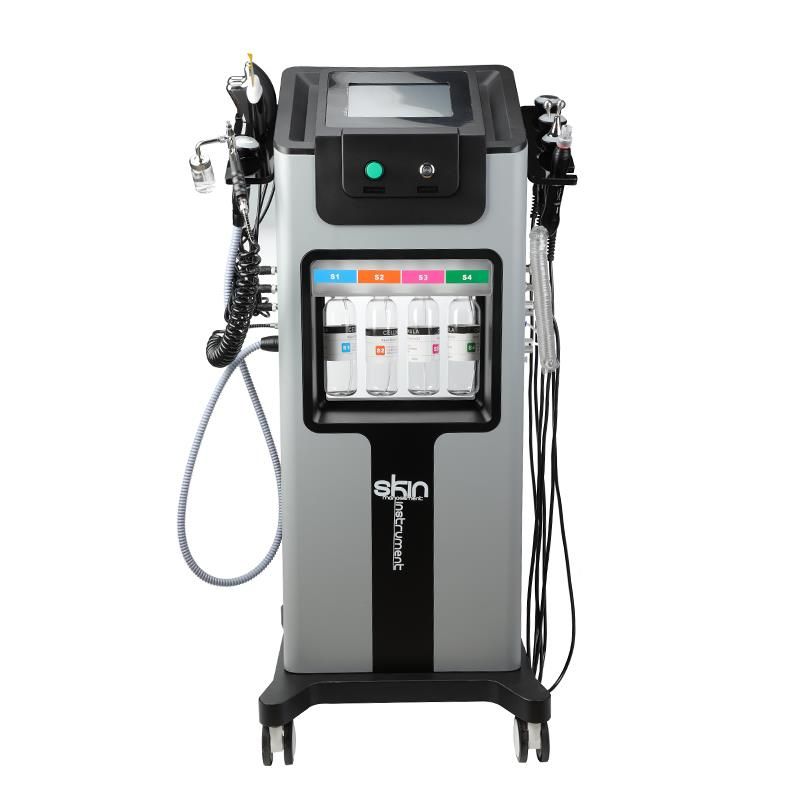 8-in-1 8 Function Heads Black Pearl Hydra Skin Beauty Apparatus
8-in-1 8 Function Heads Black Pearl Hydra Skin Beauty Apparatus 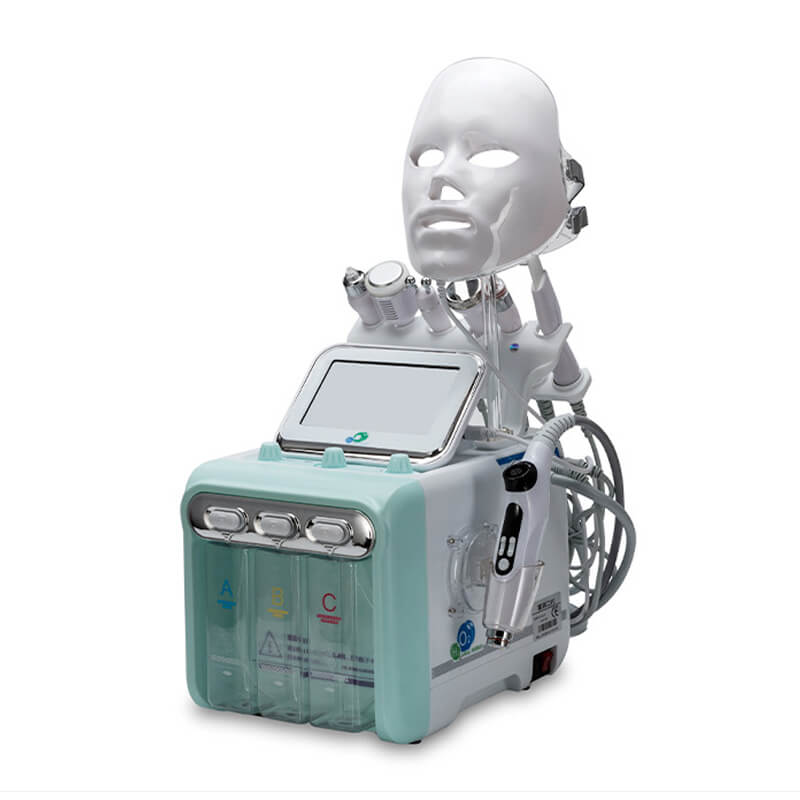 8in1 Hydra Facial Multi-function Beauty Machine
8in1 Hydra Facial Multi-function Beauty Machine 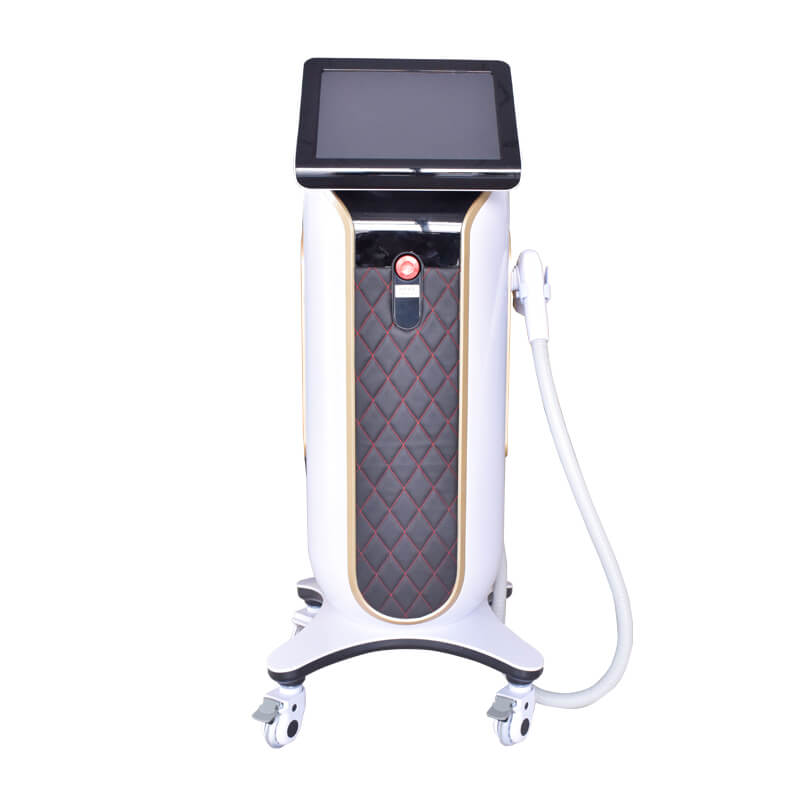 15in Screen 600W 808nm Hair Removal Machine
15in Screen 600W 808nm Hair Removal Machine 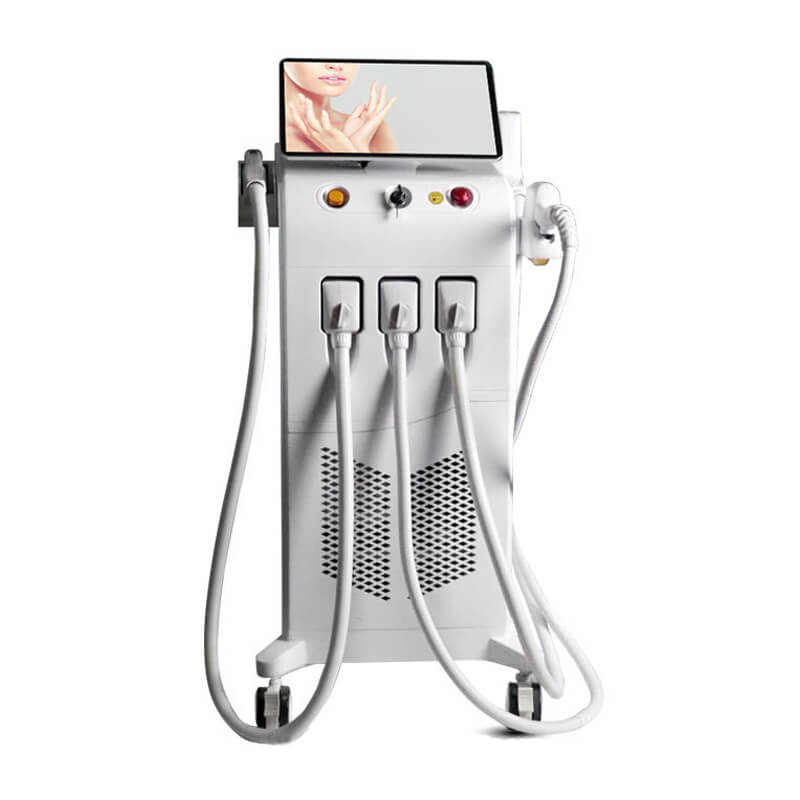 4 in 1 Elight +808nm Diode Laser+q Switched nd yag Laser +RF Multifunctional Beauty Machine
4 in 1 Elight +808nm Diode Laser+q Switched nd yag Laser +RF Multifunctional Beauty Machine 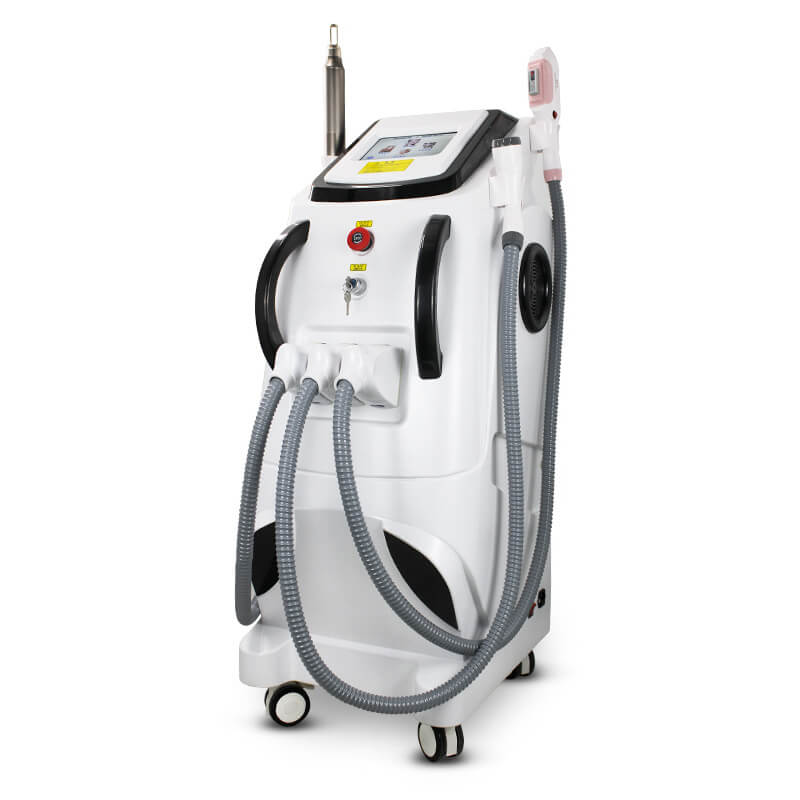 4 in 1 HIFU Thermagic Anti-aging Beauty Instrument
4 in 1 HIFU Thermagic Anti-aging Beauty Instrument 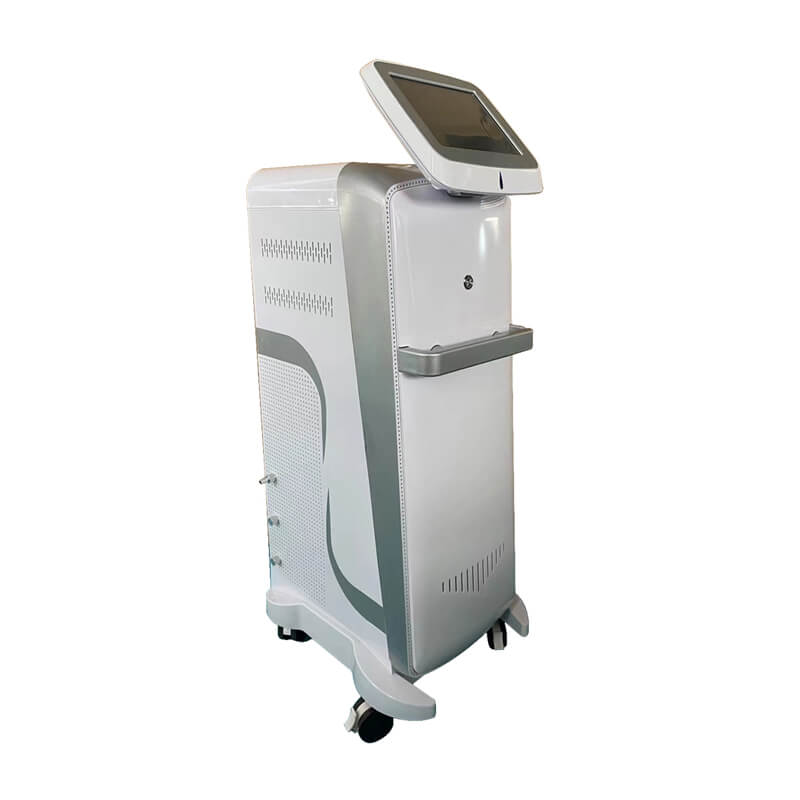 808 Diode Hair Removal Laser Machine
808 Diode Hair Removal Laser Machine 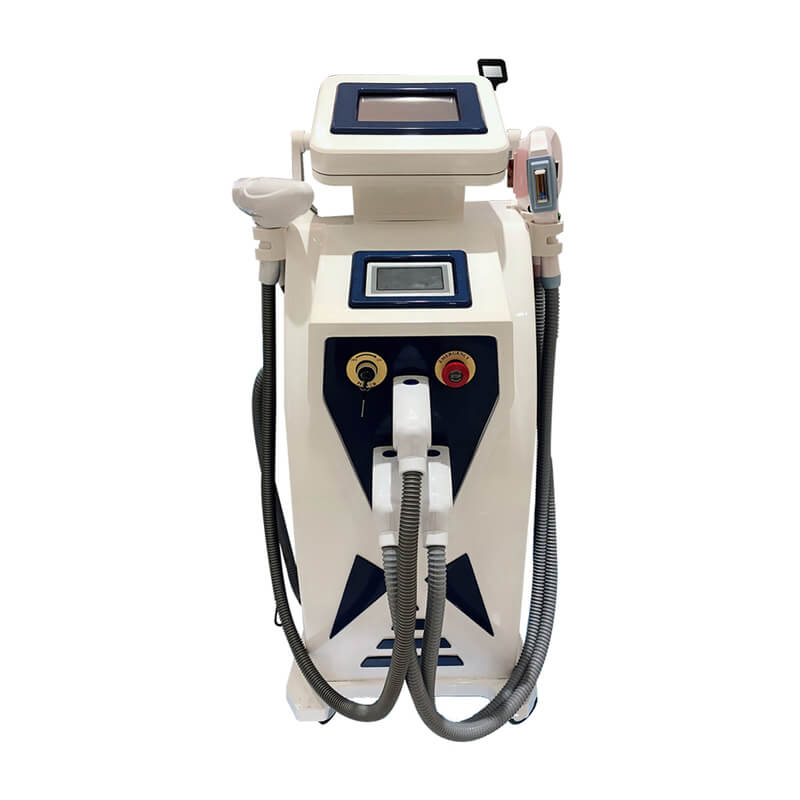 Double Screen 4 in 1 HIFU Multifunctional 360 Magneto Optical ND Yag Laser RF Beauty Machine
Double Screen 4 in 1 HIFU Multifunctional 360 Magneto Optical ND Yag Laser RF Beauty Machine 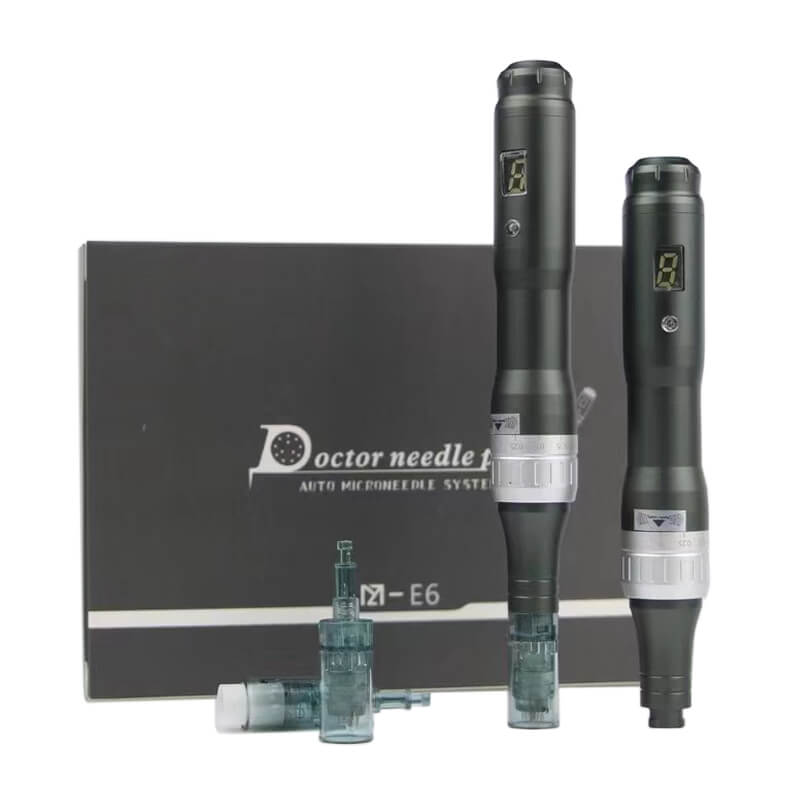 Rechargeable E6 Electric Nano Derma Pen
Rechargeable E6 Electric Nano Derma Pen 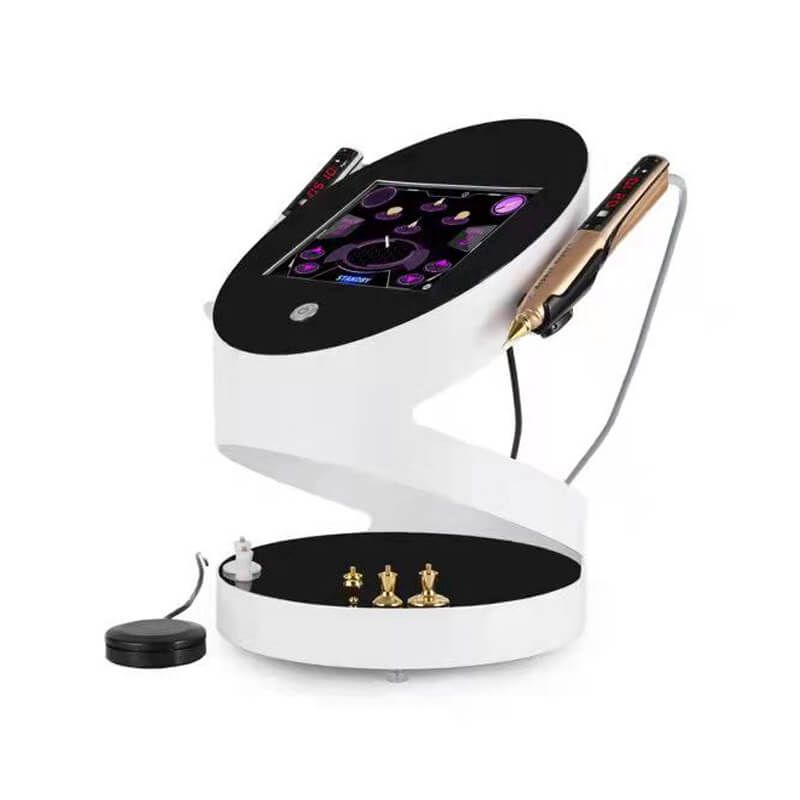 Charm 2in1 Plasma Beauty Machine
Charm 2in1 Plasma Beauty Machine 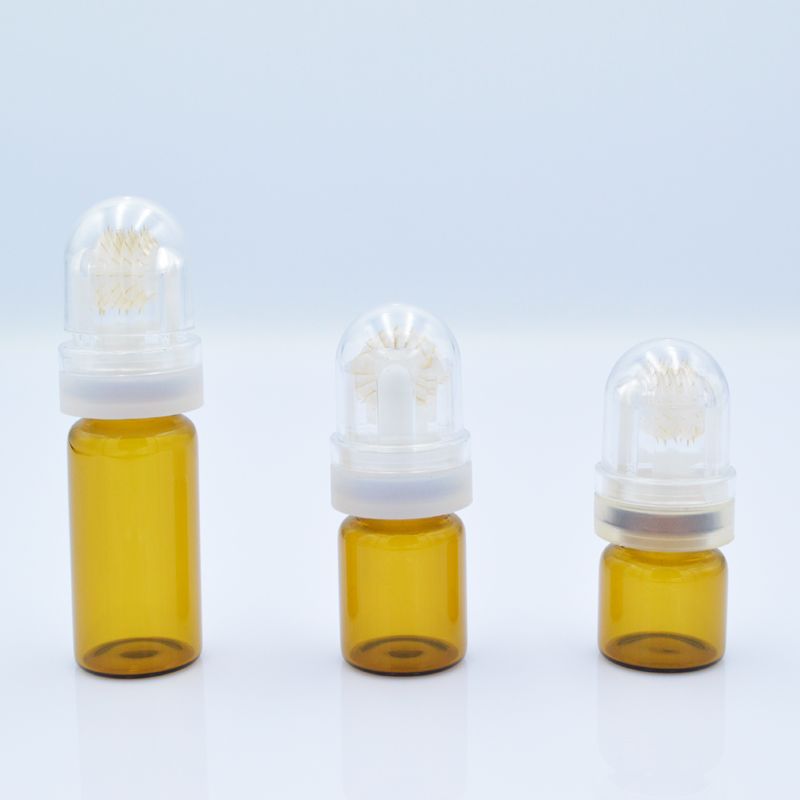 New 64 water soluble needle
New 64 water soluble needle 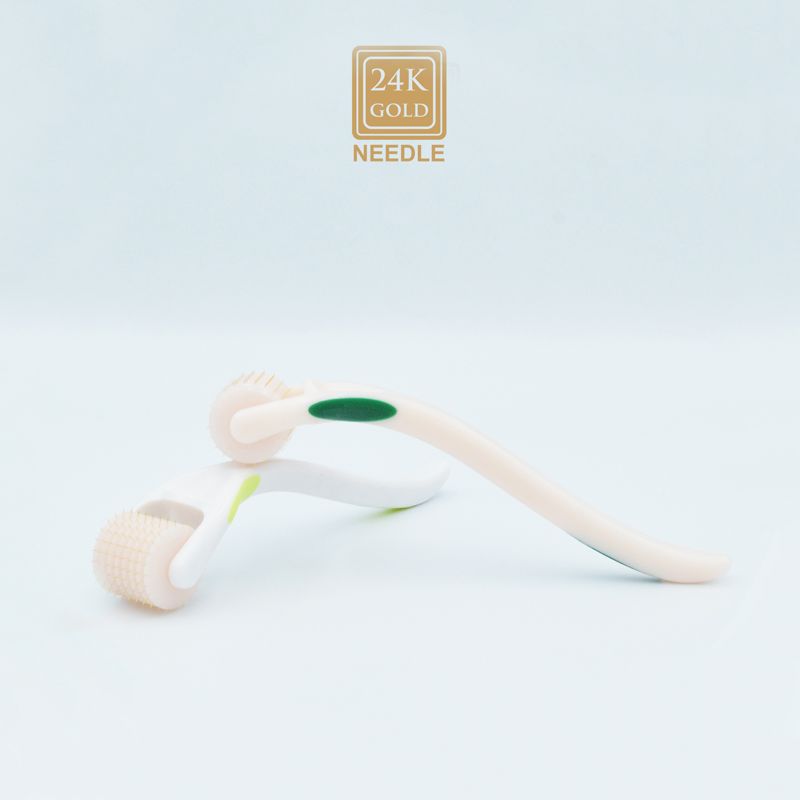 New 192 Microneedle Roller
New 192 Microneedle Roller 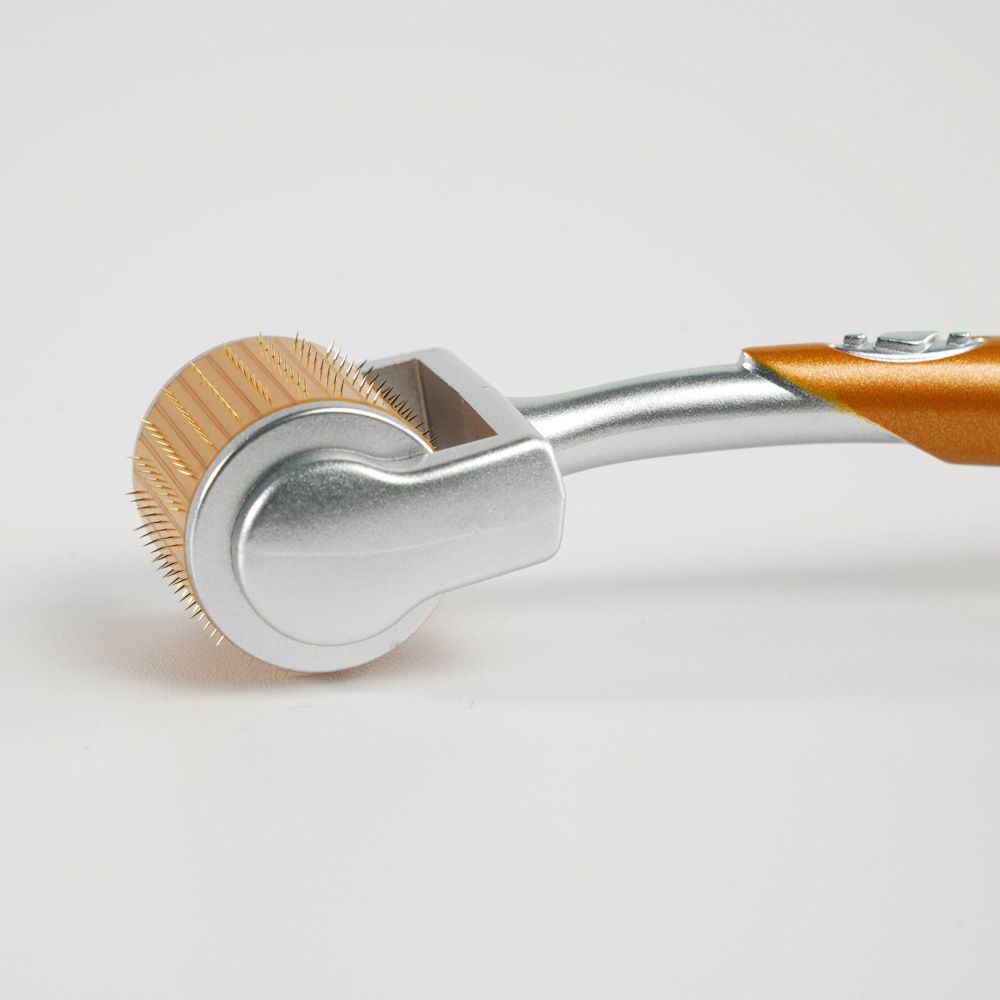 Titanium Needle Leather Roller Micro
Titanium Needle Leather Roller Micro 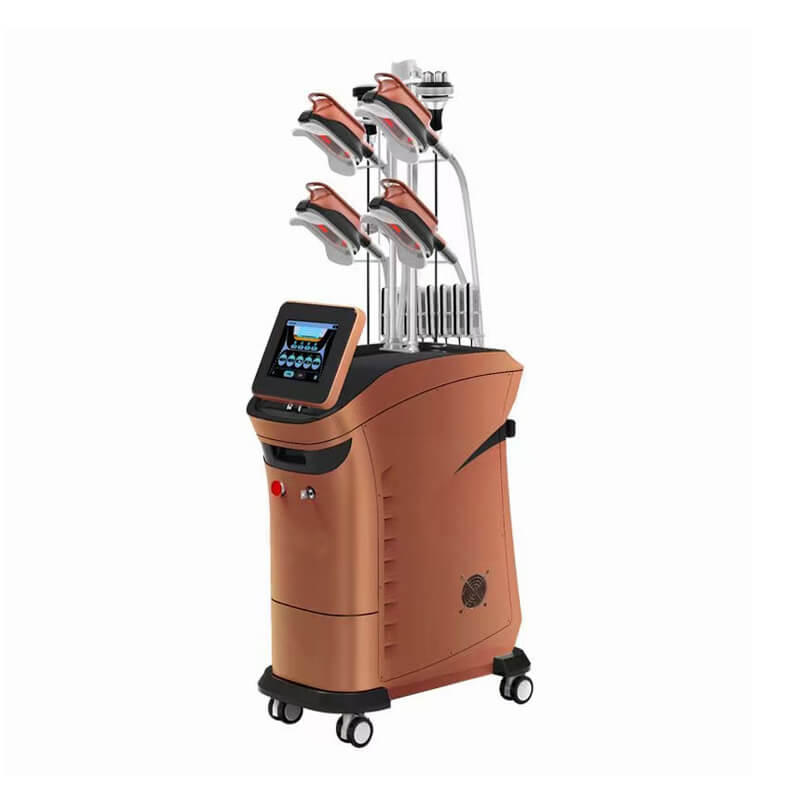 360 Degree Fat Freeze Cryolipolysis Slimming Machine
360 Degree Fat Freeze Cryolipolysis Slimming Machine 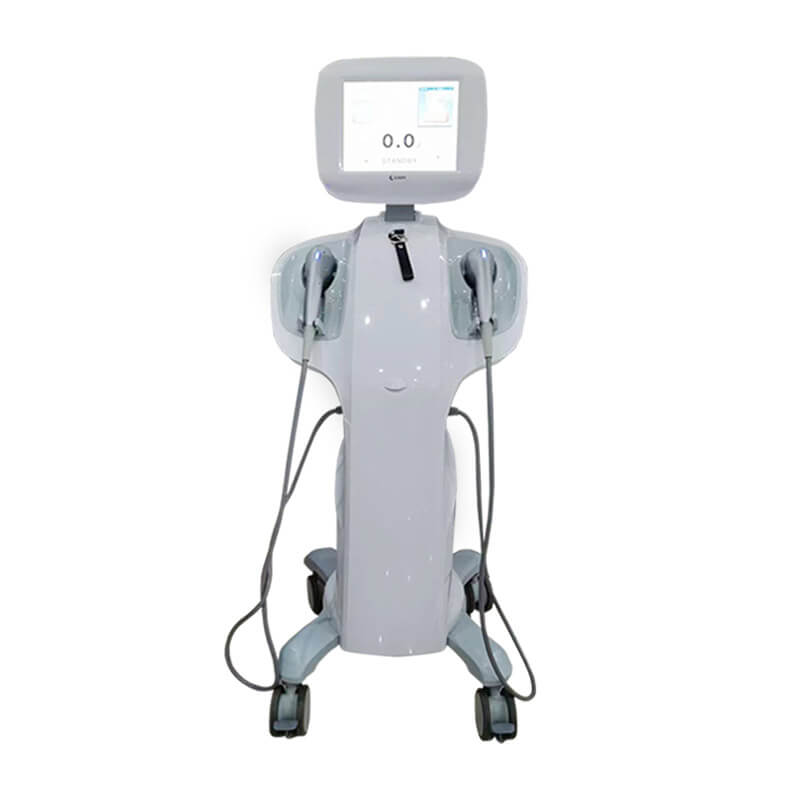 7D Lifting Apparatus
7D Lifting Apparatus 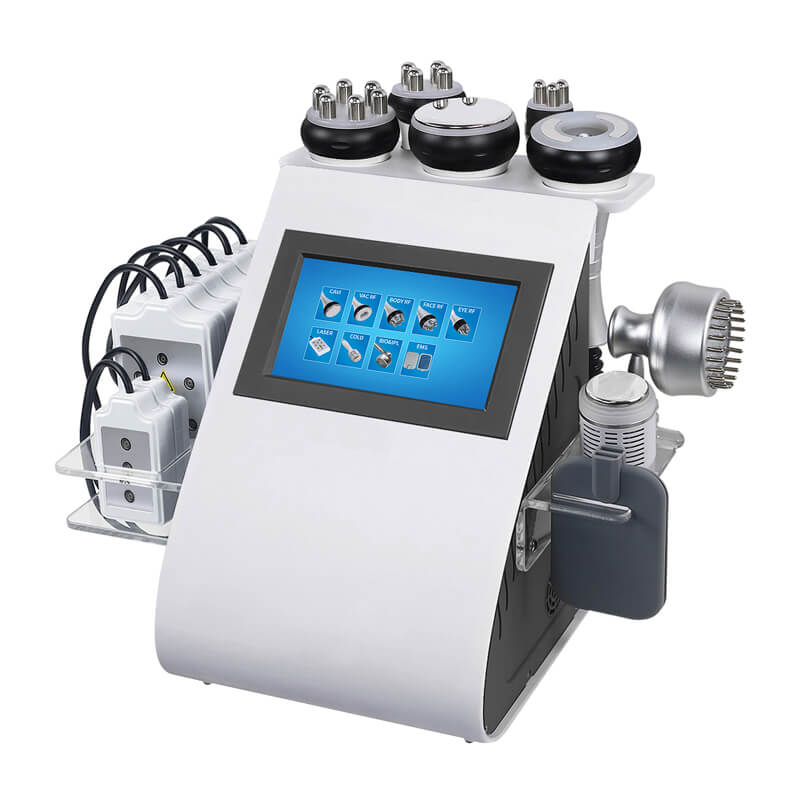 9 in1 Ultrasonic Laser Fat Exploding Apparatus
9 in1 Ultrasonic Laser Fat Exploding Apparatus 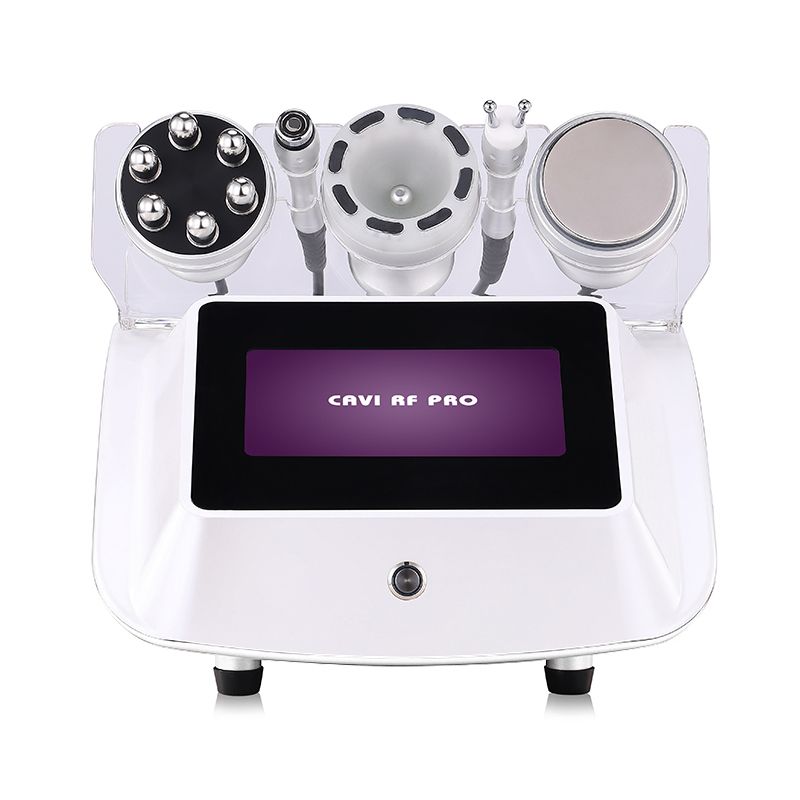 5 in 1 Portable Mini Fat Exploding Instrument
5 in 1 Portable Mini Fat Exploding Instrument 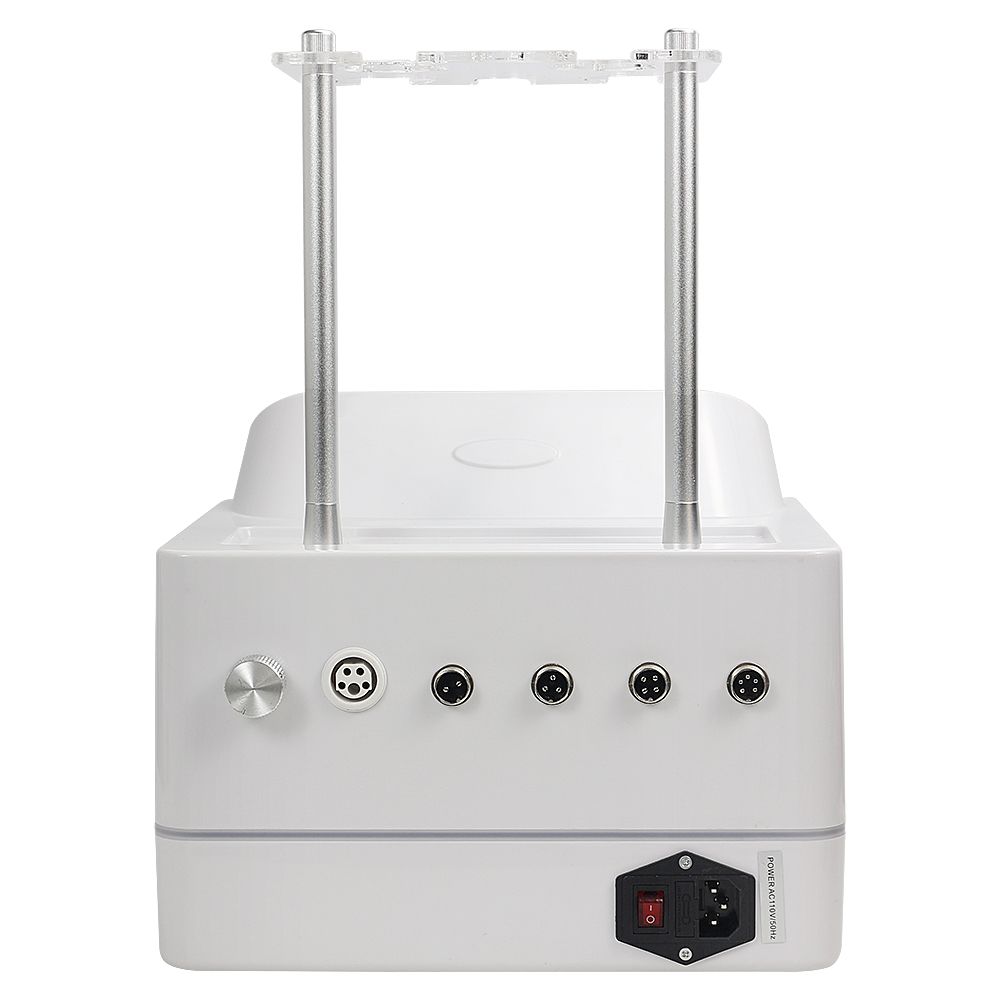 5 in 1 40k ultrasonic cavitation vacuum body slimming instrument
5 in 1 40k ultrasonic cavitation vacuum body slimming instrument 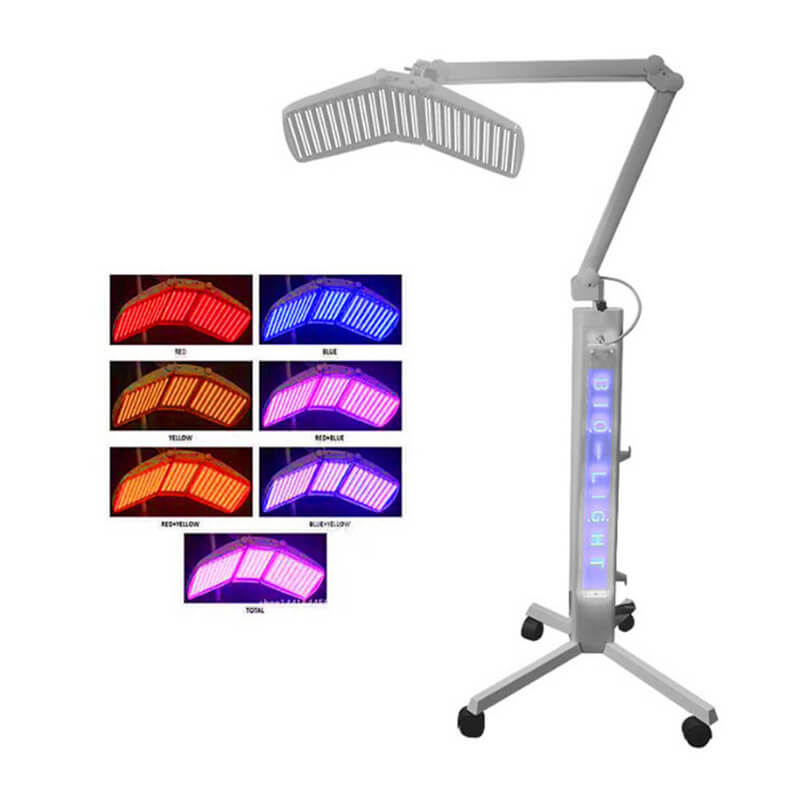 Seven Colors Spectrograph Cold and Warm SPA Skin Rejuvenation
Seven Colors Spectrograph Cold and Warm SPA Skin Rejuvenation 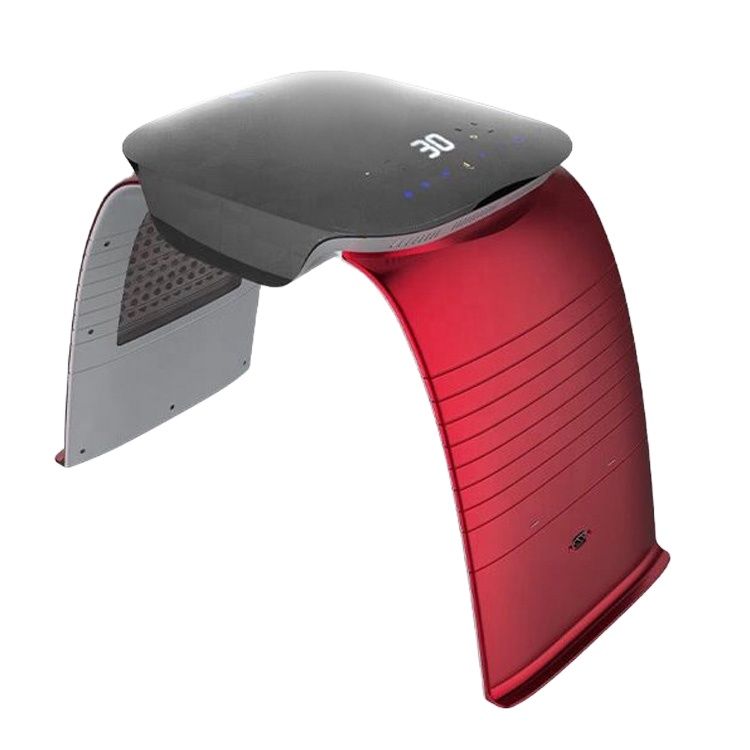 Seven Colors Spectrograph Cold and Warm SPA Skin Rejuvenation
Seven Colors Spectrograph Cold and Warm SPA Skin Rejuvenation 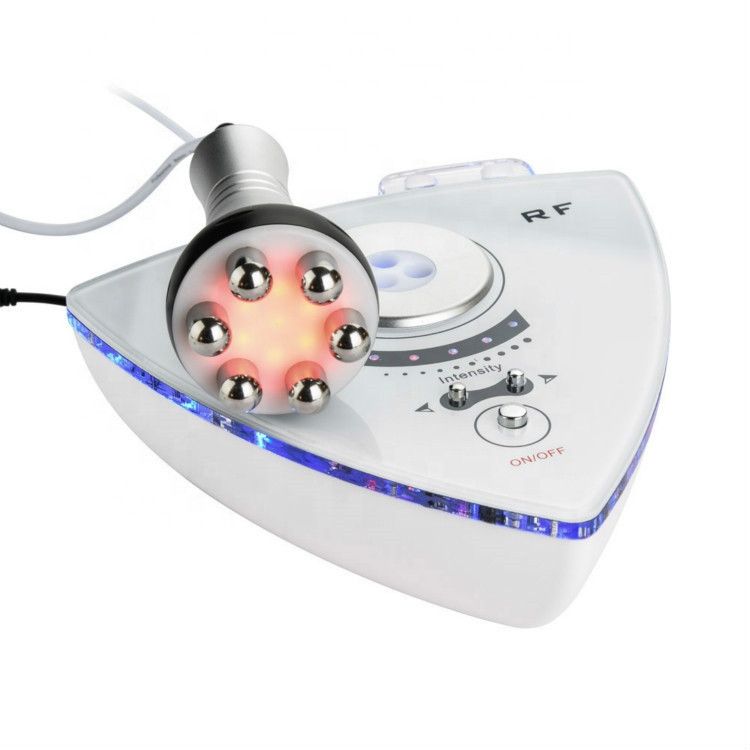 Household RF Lifting Machine (Level 6)
Household RF Lifting Machine (Level 6) 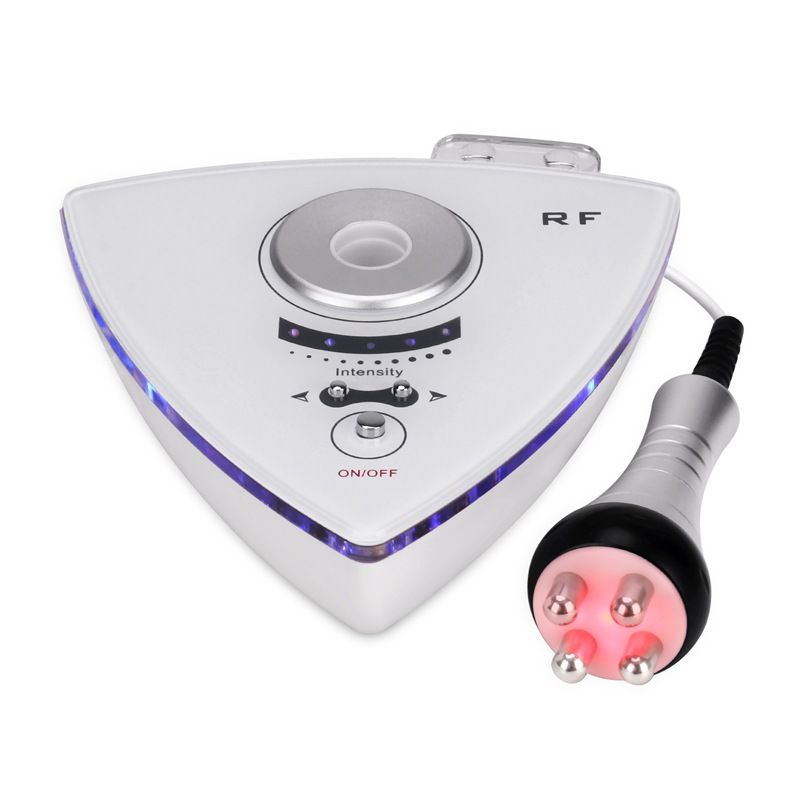 Household RF Lifting Machine (Level 4)
Household RF Lifting Machine (Level 4) 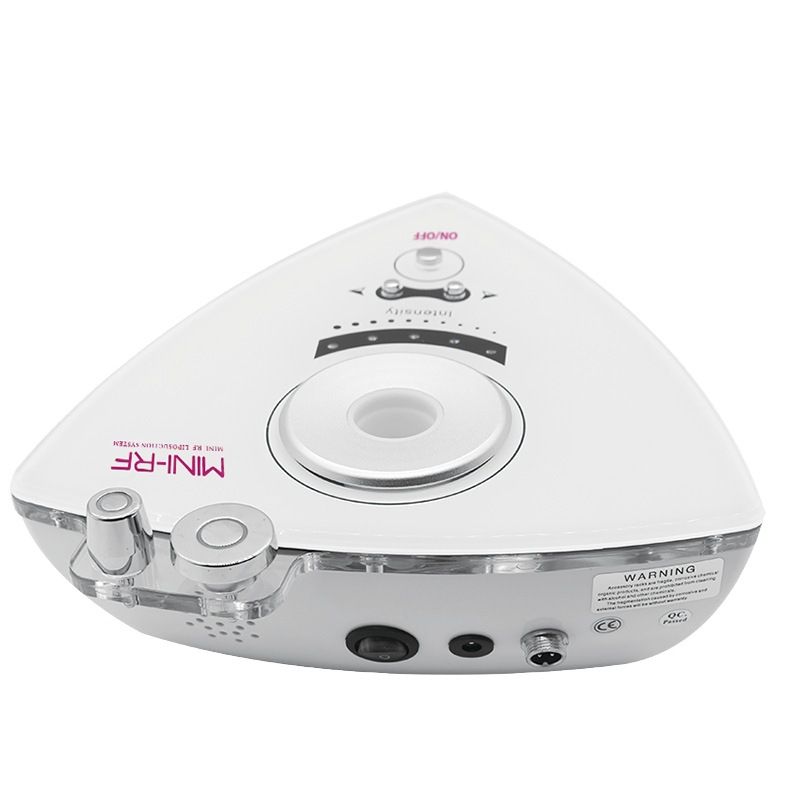 Household RF Lifting Machine (Level 3)
Household RF Lifting Machine (Level 3) 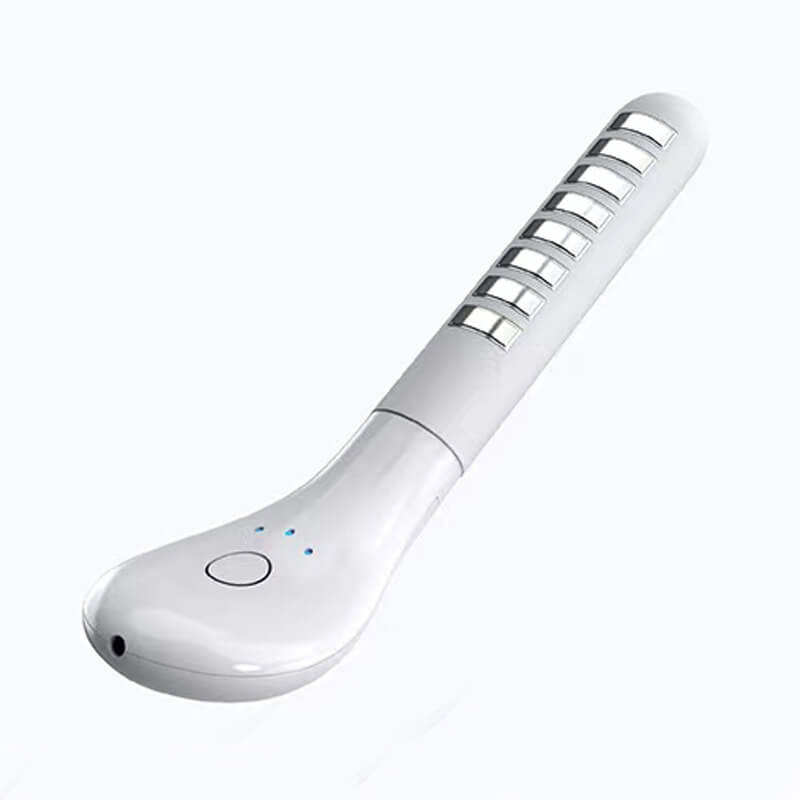 Kegel Exercise EMS Vainal Tightening Device
Kegel Exercise EMS Vainal Tightening Device 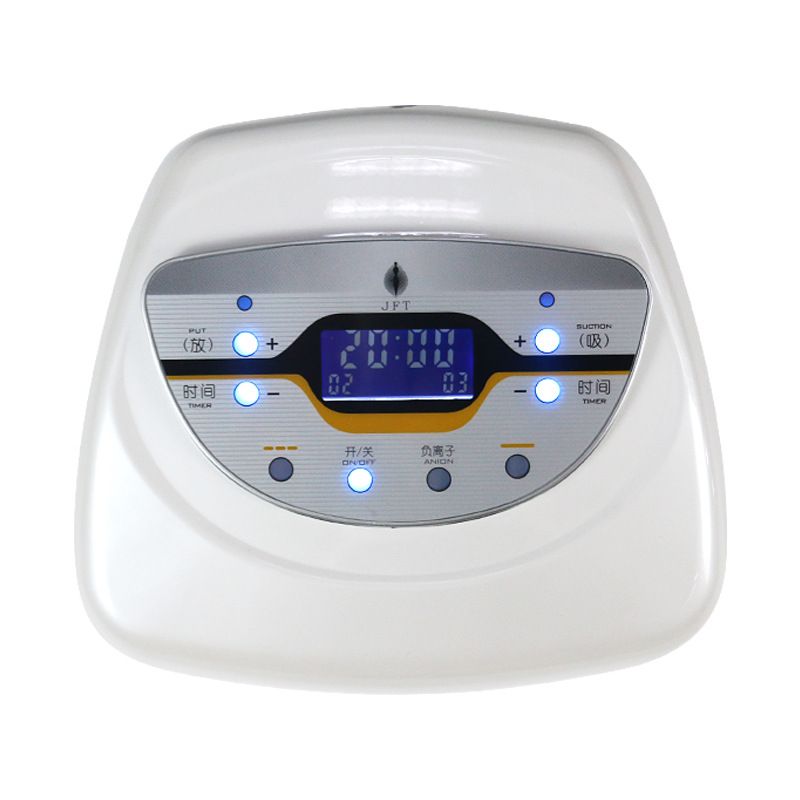 Breast Max Mutifunctional body Shape Care Vacuum Machine
Breast Max Mutifunctional body Shape Care Vacuum Machine 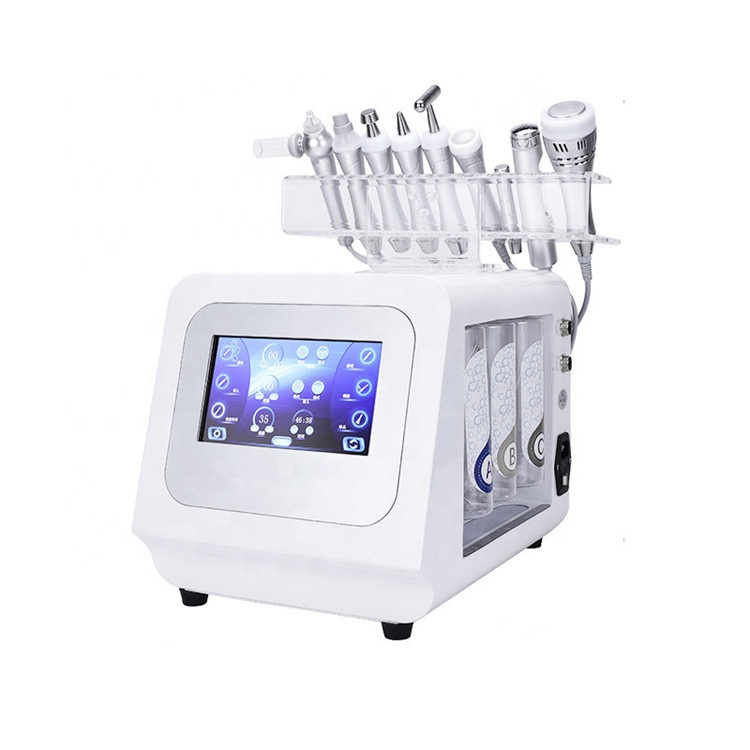 Nine-in-one Hydrogen and Oxygen Micro-Carving Instrument
Nine-in-one Hydrogen and Oxygen Micro-Carving Instrument 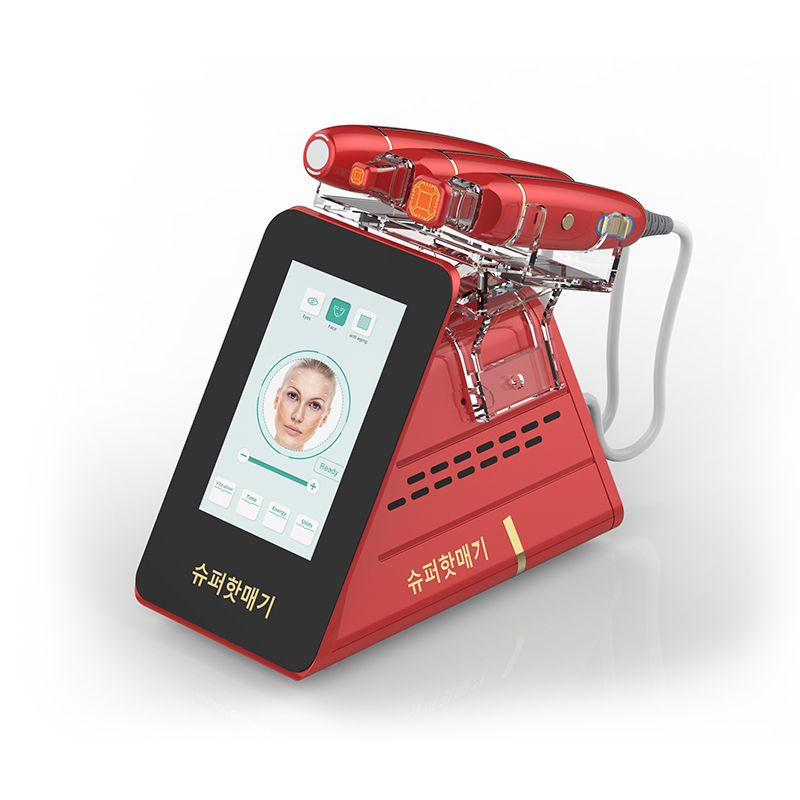 2 in 1 HIFU+Thermagic Anti-aging Beauty Instrument
2 in 1 HIFU+Thermagic Anti-aging Beauty Instrument 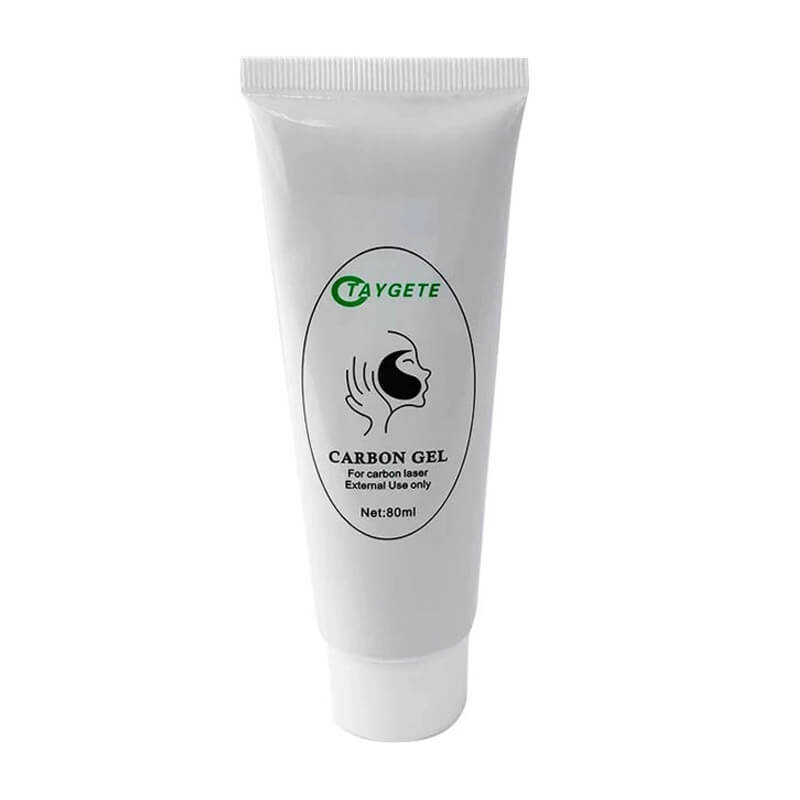 Carbon Gel For Laser Treatment Facial Nd Yag Cream Carbon
Carbon Gel For Laser Treatment Facial Nd Yag Cream Carbon 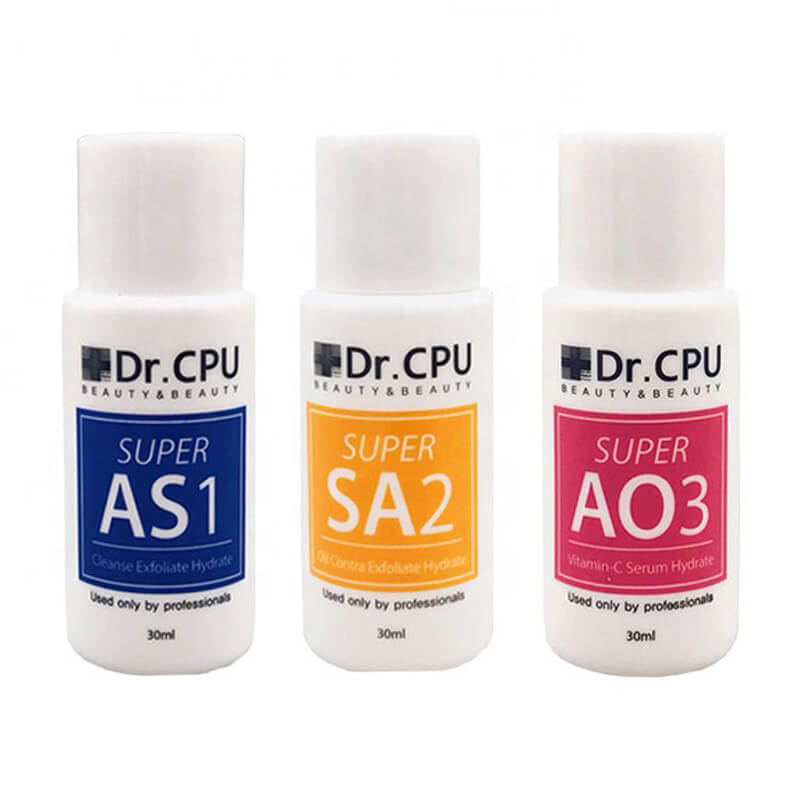 DR. CPU Serums
DR. CPU Serums 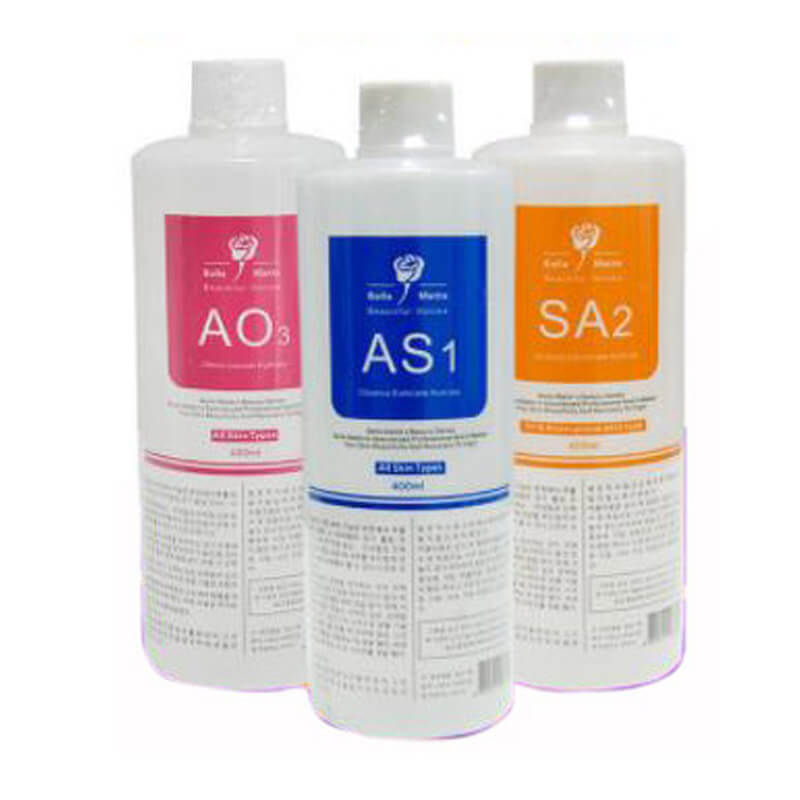 Serums of Hydra Facial Machine
Serums of Hydra Facial Machine